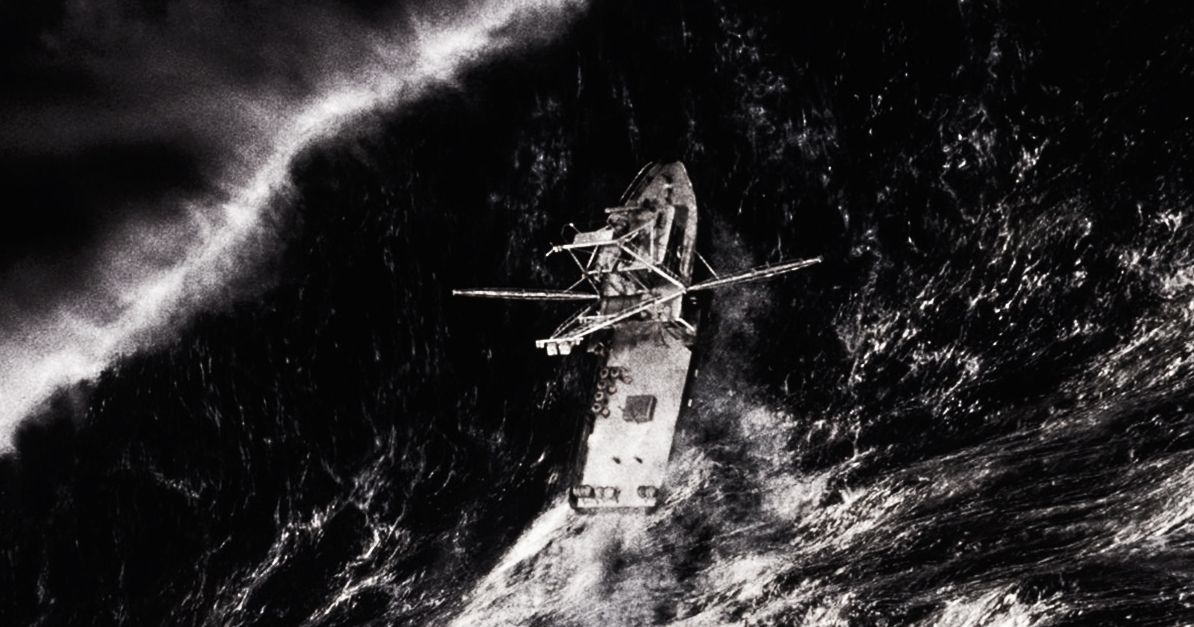
In the heart of Tornado Alley, researchers and storm chasers are working together to improve tornado forecasts using advanced technology. The collaboration aims to enhance the lead time and reliability of warnings for severe thunderstorms, tornadoes, and other hazardous weather events (Source 1).
Cloud-based computing power and machine learning are being utilized in research to better understand these natural disasters. Doppler radar is a crucial tool that can detect precipitation and track the speed and direction of wind within storms, providing valuable insights into tornadoes (Source 1). Mobile Doppler radars on wheels have been employed to scan storms from various angles, offering a three-dimensional perspective (Source 1). Additionally, mobile Doppler lidar emits pulses of light instead of radio waves, resulting in more precise data with better detail (Source 1).
Despite the advancements in technology and research, tornadoes continue to pose a significant threat. In recent years, there have been unprecedented violent tornado seasons. However, an intriguing silence surrounds the topic of climate change and its potential influence on these extreme weather events (Source 3).
The film 'Twisters' showcases cowboy scientists gathering data on tornadoes in Oklahoma. Yet, it does not mention climate change directly despite the violent tornado season depicted in the story (Source 3). In reality, scientists are uncertain of how climate change will impact tornadoes, but studies suggest conditions that produce tornadoes may become more common as global temperatures increase (Source 3). Expert meteorologists would be aware of this information if it were real life. However, many deny or downplay the importance of climate change (Source 3).
The absence of a discussion on climate change in 'Twisters' is noteworthy given the real-life context (Source 3).




